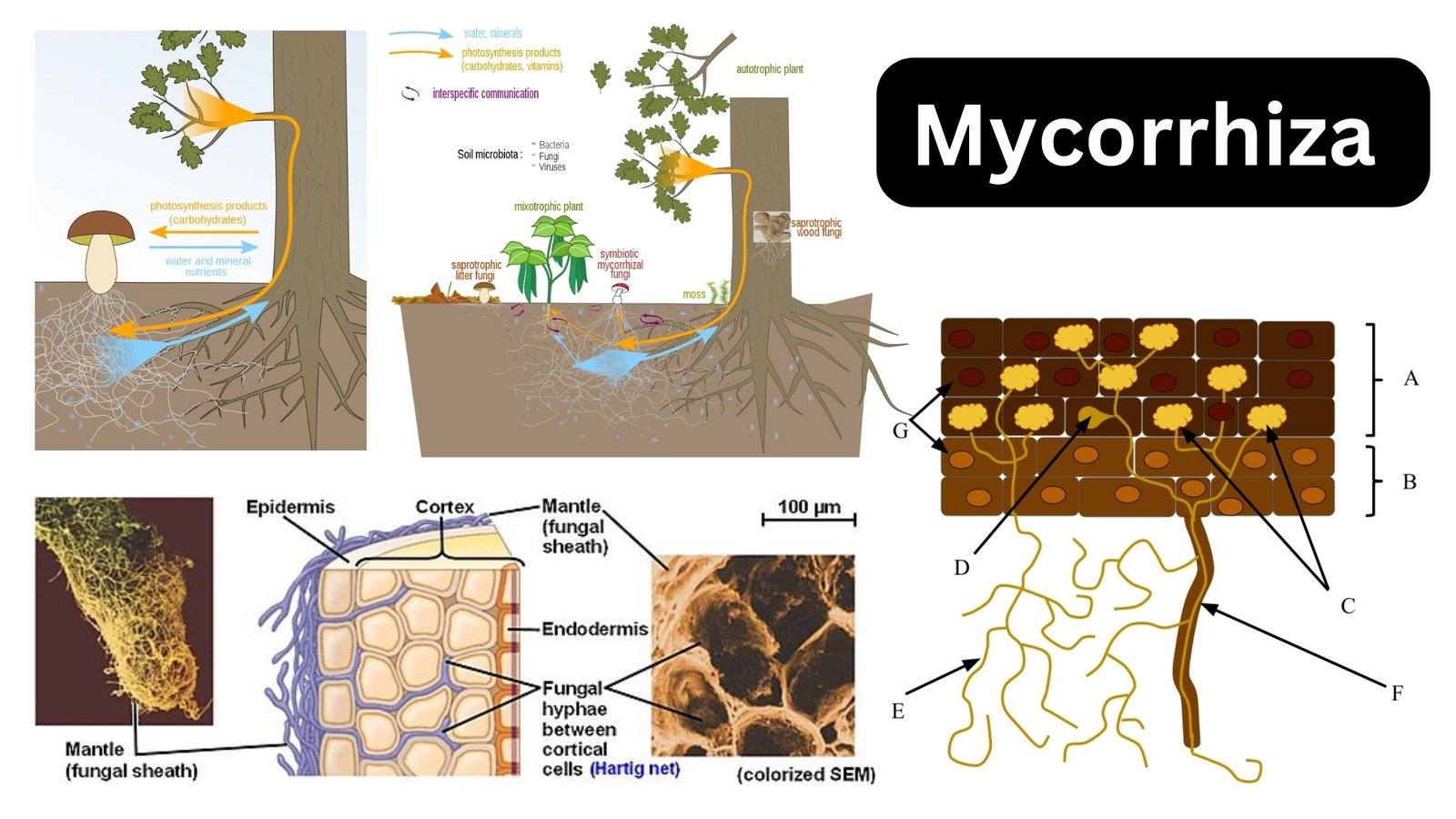Microbial interaction – Definition, Types, Characteristics, Examples
Microbial interaction is a biological interaction in which the effect of microorganisms on other biotic components of an ecosystem can be investigated. Microbiology is the study of microorganisms, and microbial ecology is the study of microbial interactions within an ecosystem. Positive and negative microbial interactions are possible, and microbes can affect (positively or negatively) other … Read more










